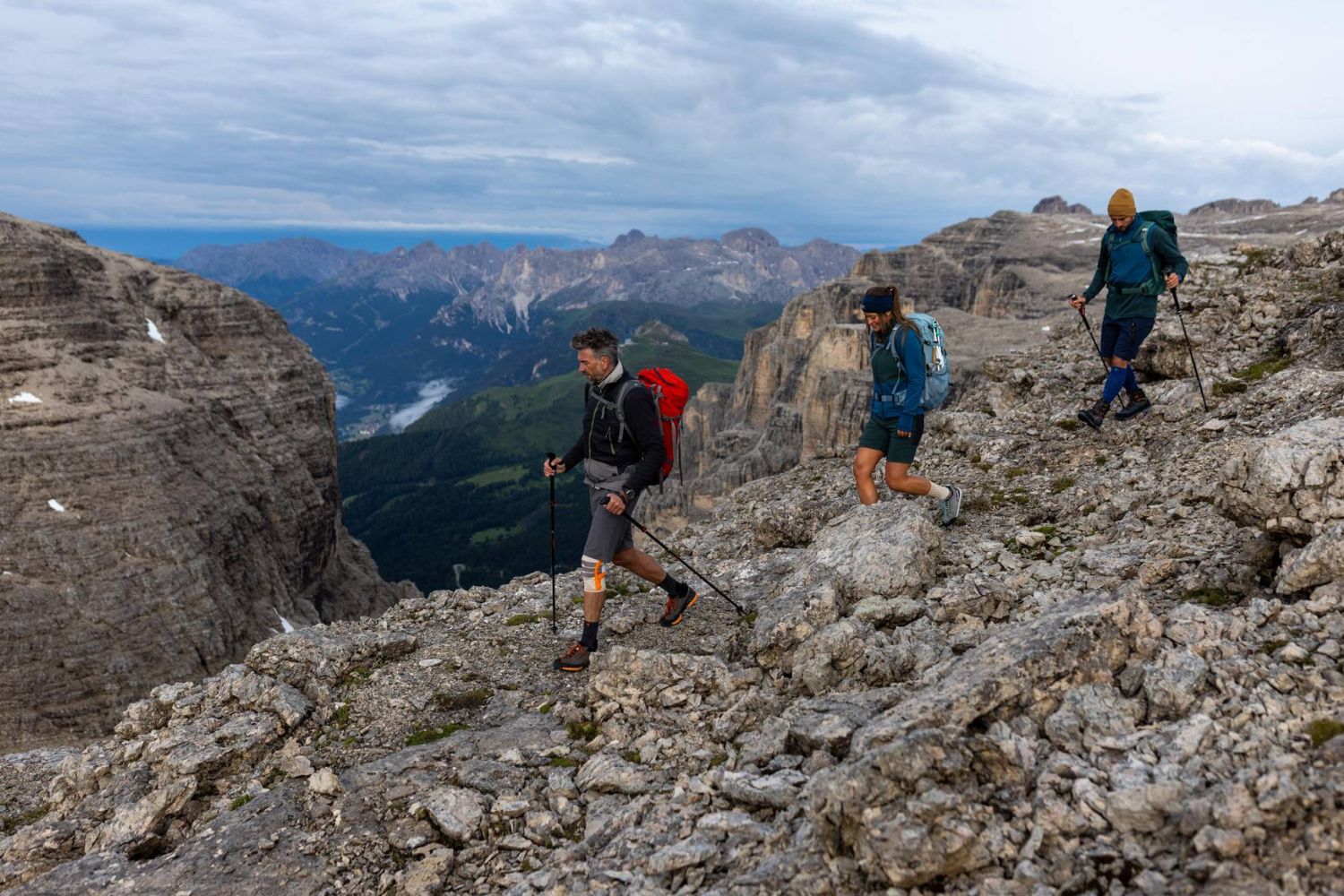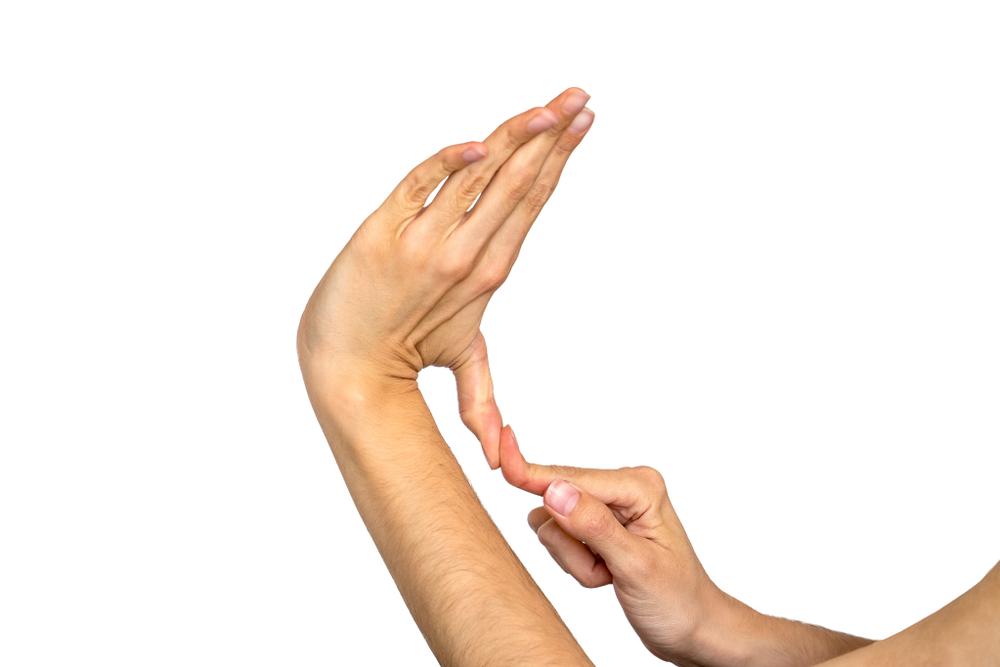Ready to start hiking? Think again! It’s an endurance sport - and an often deceptively dangerous one. So, make sure to follow the guide below before you set off on your first trail.
Pick your trail
As a beginner, starting on shorter, well-worn trails is best. You should also check the difficulty rating of a trail. A grade 2 hike will be around 10 km on a hard-packed trail with gentle hills. Once you’re confident on a grade 2, try a 3. This type of trail will be steeper and go for under 20 km. You should avoid grade 4 hikes until you have more experience and only attempt a grade 5 if you have map and compass reading skills and are ready for some rock scrambling and river crossing.
DO NOT go somewhere without a plan, wander off the trail, or extend your hike once you’re already on the trail. While seeing as much as possible may be tempting, these are good ways to get lost or even run out of essentials like food and water.
Check requirements and weather
Research your preferred park to learn about permit requirements, entry fees to sights like caves, parking logistics, and associated fees, as well as information on amenities, fire safety, and weather conditions. While certain trails may look perfectly accessible, wet or windy weather can make parts inaccessible or dangerous. Hot, dry weather also presents a higher fire risk, so plan accordingly and be careful.
Tell people about your hike
If 127 Hours teaches you anything, it’s always, ALWAYS, to tell a couple of friends, family members, and even a park ranger about where you’ll be hiking and how long you expect to be gone.
Things can go wrong even for the most experienced hiker, on the easiest trails, and on the shortest hikes. For example:
- A bad bug or snake bite can leave you incapacitated
- You may be rained in, which will make the terrain sludgy and sometimes impossible to traverse
- You may miss a turn, get distracted, and get lost
- Even with every precaution, heatstroke is an always-present threat - especially in the Australian spring and summer
- You may get trapped in a cave or get your leg stuck in a hole
Having people know your location, even a rough estimate of where you’ll be, can be lifesaving.
Get the right gear
General gear
- Phone, equipped with a custom offline Google map of your trail. Reception can be spotty, and these maps don’t require a connection.
- Hiking backpack. For beginners, a regular sports backpack may be fine if it fits well and can hold all you need to carry.
- Hiking shoes. They don’t have to be boots, but they do have to be comfortable shoes with sufficient support, durable material, and good sole traction.
- Bug spray. Especially in warmer months, mosquitoes, flies, and other critters can really ruin your hike.
- Sun safety gear like sunscreen, a hat, and sunglasses.
- Long pants to protect your legs from flora and fauna, especially important for more remote hikes.
- A moisture-wicking shirt that covers the shoulders.
- Battery pack and charging cable.
- Back-up socks and shirt. Socks are especially important, as sweaty or even river-wet socks get extremely uncomfortable to walk in.
Worst-case gear
- A flashlight or forehead light if your hike accidentally lasts past sundown.
- Spare batteries for your light.
- Bivvy - a small, lightweight tent.
- First aid kit containing band-aids, ibuprofen, antiseptic cream and/or wipes, gauze wrap, scissors etc.
- Purification tablets and a water filter.
- Matches and a camping knife (note: you should check your preferred park’s website for fire safety rules.)
- A whistle.
- A Personal Locator Beacon (PLB). Essentially, these devices use satellite and GPS tracking to send a distress signal and communicate your location when you activate it. PLBs should be purchased from a reputable Australian retailer to ensure they are compatible with the Australian system.
- A poop kit. Do your best to do your business in a washroom as close to the start of the hike as possible. Plan your route around park amenities - camping grounds, for example, will typically at least have an outhouse (though toilet paper may still be BYO). If worst comes to worst, you’ll need to dig a cat hole about 15-20 cm deep, bury your business, and take your toilet paper in a baggie unless it’s biodegradable. Remember, walking eases digestion and gets the bowels going. While you may think you’ll be safe and take every possible precaution not to pop a squat, it’s best to be prepared!
Hiking supports
Hiking is an endurance sport, and the right support can help you acclimate your joints to the activity and avoid pain and injury. Additionally, if you already have an injury (be it ITBS, runner’s knee, or lower back pain), a brace can help you hike comfortably while protecting damaged tissues.
Knee
Outdoor Knee Support
Walking is great for the knees! However, a 4-hour hike with hills can take its toll. Additionally, you’ll be carrying quite a bit in your pack. Even healthy knees can start complaining under these conditions, much less osteoarthritic or injured ones.
Fortunately, a good knee support can help.
Our Outdoor Knee Support incorporates compression knit and a patella pad to stimulate the muscles and relieve pain. Compression also improves proprioception and reduces muscle fatigue, helping your knee hike for longer. The brace’s built-in back strap provides additional support.
Another fantastic benefit is that the brace incorporates merino wool, which helps keep you cool in the summer and warm in the winter - perfect for an outdoor activity.
Socks

Sports Performance Socks
Sports compression socks can be an excellent addition to your hikes, especially when you’re on rougher terrain. They boost circulation to reduce muscle fatigue, support the ankle, and even have built-in foot supports for a safer and more comfortable hike.
Our sports performance socks, for instance, support the arches, cushion the toes, and fight irritation at the back of the heel. Such supports become especially important as you progress to longer, hilly hikes.
Learn more about the benefits of sports socks for hiking: Why Wear Compression Socks for Hiking
Back

Sports Back Support
Unfortunately, long hours on your feet while shouldering a heavy pack can start wearing on your back. So, support your lumbar!
Our Sports Back Support is breathable and adjustable. It uses compression and lumbar padding to stimulate the muscles and reduce fatigue, getting your lumbar through long hikes.
Work on your endurance
Of course, training on easy hikes is a great way to build up to more challenging ones. But unless you’re planning to hike 2 or more times a week, there are other activities you can do to build your endurance.
- Walk around your area, aiming for hills and dirt paths where possible. This will prepare you for unpredictable terrain and inclines.
- Go cycling. It provides a great workout while boosting cardiovascular health.
- Try strength training. Work on your core, legs, and upper back. This will strengthen and improve the endurance of your walking and backpack-carrying muscles. When working out, aim for lighter weights, higher reps, and isometric holds where possible.
Pack enough food and water
How much water you’ll need depends on the weather and how long you’ll be hiking. A good rule of thumb is 0.5 litres per hour, with an extra litre in reserve for emergencies. You may need as much as 1 litre per hour for hotter weather. If you think you’ll have trouble carrying that much, see if you can plan your trail around park amenities like washrooms. You can drink from a river or lake with a purification tablet and filter, but it is best to avoid it. Note: you may need to purify washroom water, too - ask a park ranger or search on your park’s website, just in case.
With food, it’s a good idea to pack a few snacks for shorter hikes and take your lunch with you on longer ones. Even short hikes can be calorically and carbohydrate-ly demanding, especially if there’s a high elevation gain. Some good foods to pack include nut or granola bars (though check the packaging, as these often have a lot of sugar), sandwiches with peanut butter, ham, veggies, and/or cheese (an insulated lunch box can keep these fresh for longer), crackers, and trail mix.
Respect the wildlife
Most wildlife will steer clear of you by default. If you do happen to wander close to a koala, kangaroo, or even a snake, back away slowly to give them some space and only continue forward once it’s safe.
DO NOT try to pet or get closer to wildlife. Even herbivorous animals can be dangerous when they feel they’re threatened.
Follow hiking etiquette
Along with being good to the environment and wildlife, you should also respect your fellow hikers. Don’t blast your music on speakers, step off the trail or stand to one side when you need a break, and follow any right-of-way rules your trail has. Generally, you’ll need to make way for uphill hikers and mountain bikers. If you want to hike with your furry friend, keep them on a leash. Different trails may have different rules regarding dogs, so be sure to read up before you go.
Leave no trace
There likely won’t be any bins along the trail, so be prepared to take all wrappings, cans, and other disposables back with you. Any rubbish you leave on the trail can negatively affect the environment. In some cases, it may also result in legal action being taken against you.
To sum up
Hiking may seem easy, but it can be challenging and even dangerous. To ensure your comfort and safety, make sure to pack everything you need, plan out your route, tell a friend, and wear compression.
More information
If you require assistance selecting the right product for your needs or wearing the brace, call us on 098015660 or contact us via live chat.
Do you have private health? Most private health extras will cover Bauerfeind Products. Check to see if yours is included. Bauerfeind Private Health Insurance Inquiry.
Bauerfeind was founded in 1929, and since then, we've worked tirelessly to develop and improve our extensive range of braces, insoles, and compression products. Our mission is to provide you with top-of-the-line supports so you can reach your fitness goals or live life without pain holding you back.
Every product is produced entirely in our facilities in Germany with the guidance of doctors, clinics, and orthopaedic technicians.

















